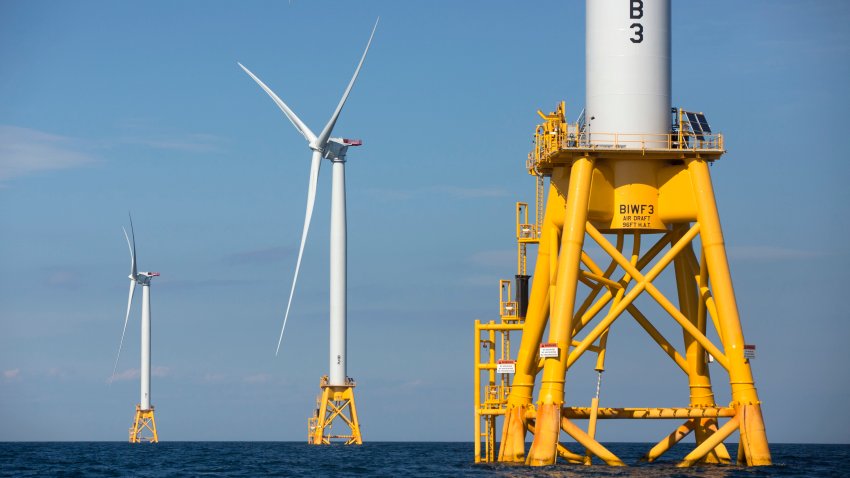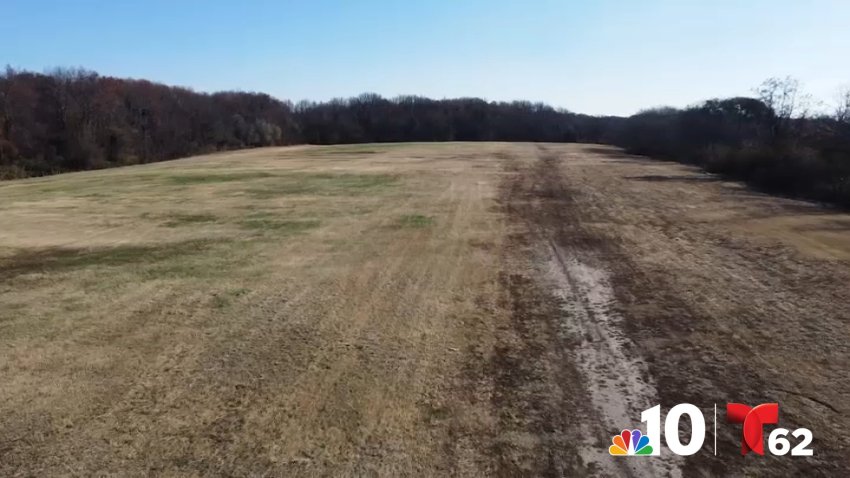

The Latest
-

From food supply to weather patterns, here's how Antarctica affects the world
As ice melts, water temperature changes, impacting ocean currents and sea life around the globe.
-

Scientists may have underestimated global warming's severity. Here's how
The algae that grows on patches of ice in Antarctica alters the albedo — or the ice’s reflectivity — enough to make the entire planet warm faster.
-

‘Ocean engineers': How warm temperatures impact whales and the oxygen in the air
NOAA research shows it would take the average tree more than 1500 years to sequester the amount of carbon dioxide a whale can in a single year.
-

A sequoia forest in Detroit? Plantings to improve air quality and mark Earth Day
Arborists are hoping to transform vacant land on Detroit’s eastside by planting giant sequoias, the world’s largest trees.
-

Dissolvable straws and oyster shells: A look inside the NFL's green initiatives
NFL Green has implemented recycling programs, conservation projects, and more. And it’s not stopping there.
-

Pork or cheese? SUVs or trucks? Test to see if you know what's better for the environment
You’re about to go on vacation and must decide how to get there. What method of travel contributes the most greenhouse gas emissions? Test yourself.
-

‘Ocean engineers': Why hotter temperatures threaten whales
National climate reporter Chase Cain and a team of scientists from the California Ocean Alliance traveled to Antarctica to track the growing impacts of coal, oil, and gas pollution on whales. The giant mammals help phytoplankton produce half of the oxygen human’s breathe but that job is threatened by Earth’s rising temperatures.
-

Earth Day 2025: History, theme and why we celebrate it
Millions of people around the world will pause on Tuesday, at least for a moment, to mark Earth Day. Here are answers to some common questions about Earth Day.
-

Endangered sea turtle populations show signs of recovery in part of the world
A new global survey finds that endangered sea turtles show signs of recovery in a majority of places where they’re found worldwide.
-

Green isn't always good — especially in Antarctica
The coldest parts of our planet act like giant mirrors, reflecting the sun’s energy back to space. What happens when algae and pollution cover snow and ice? National climate reporter Chase Cain explains the ripple effects from Antarctica.
-

Climate-resilient corn, wheat, & soybeans could be ‘cash crops' for farmers
At the Salk Institute in San Diego, scientists are using AI to identify roots which will make crops more resilient to drought, floods, and extreme heat. If successful, it could also mean extra revenue for farmers. National climate reporter Chase Cain got an exclusive look inside the high-tech lab.
-

Climate change isn't funny — except in the hands of these comedians
Comedians have long used jokes to raise awareness of serious problems, and many are now turning the gaze to climate change.
-

It's raining more in the coldest place on Earth — that's bad for penguins
Even in the coldest part of our planet, it’s raining more, because of climate change. That’s directly impacting penguin chicks, but it’s also bad news for America’s coastal communities. National climate reporter Chase Cain traveled to Antarctica to explore the connections.
-

‘Climate silence' driving the disconnect between Americans' views & Washington
In this story, which originally aired in May 2023, national climate reporter Chase Cain explores the disconnect between Washington policy and broad public support for climate action. Ongoing research from Yale University shows roughly 75% of Americans support various climate-friendly policies.
-

How Antarctica impacts everything from flooding to our food
Antarctica might rarely be on our minds but what happens there can directly impact us. National climate reporter Chase Cain traveled more than 9,000 miles to the frozen continent to see just how connected it is to life back home in the U.S.










